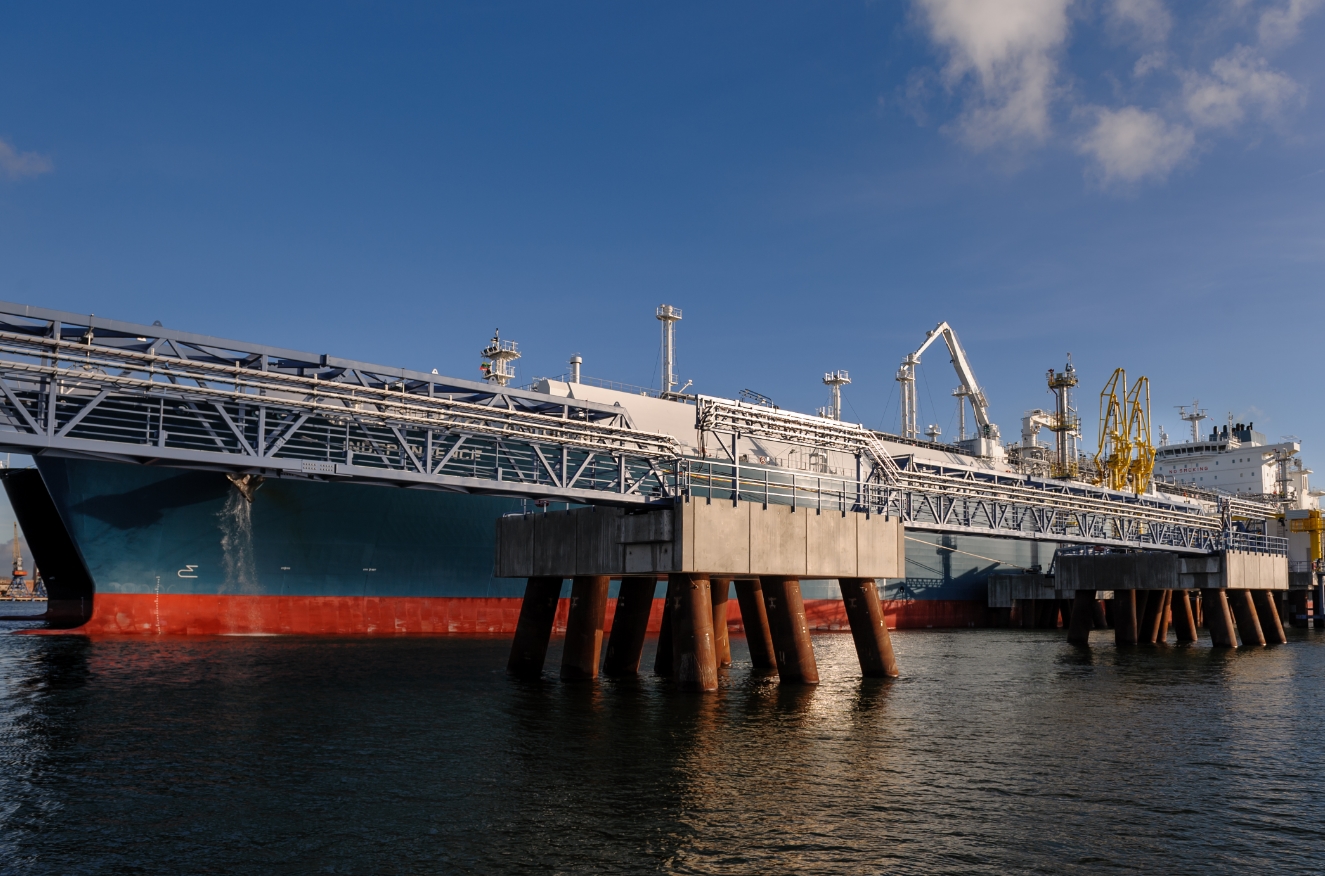The Klaipėda (Lithuania) liquefied natural gas (LNG) terminal, operated by KN (AB Klaipėdos Nafta) expects to receive LNG cargo from Egypt, the ‘Idku’ natural gas liquefaction plant to reach Klaipėda Seaport for the first time. The LNG carrier ‘LNG Fukurokuju’ is expected to deliver approx. 138,000 cubic metres of LNG.

After the planned maintenance and repair works, the LNG terminal, which has successfully resumed operations on May 1st, expects to receive cargo from Egypt on May 7th. The LNG carrier ‘LNG Fukurokuju’, built in 2016 and currently sailing under the flag of Bahamas, will visit the Klaipėda Seaport for the first time and also deliver the first ever cargo from Egypt to Lithuania.
‘As the prices of LNG are still high in Asia, a large part of cargo from Europe is diverted exactly there by taking advantage of the spot market opportunities, and a certain new-found niche is filled by Egypt, which has been less visible on the map of European LNG suppliers so far. What is more, Egypt announced in January that it would significantly increase exports to Europe to meet the growing demand for LNG here. Taking into account both the requirements of Klaipėda LNG terminal equipment and the requirements of the Lithuanian natural gas market, the natural gas liquefied in Egypt are suitable for our natural gas system in terms of its calorific and energy value’, says Mindaugas Navikas, Chief Sales Officer at KN.
According to Mindaugas Navikas, this natural gas year*, after the shutdown of ‘Equinor’ liquefaction plant in Norway, which plans to resume operations next spring, to match their commitments terminal users imported most cargo from the USA (about 82 %). In the natural gas year 2020 the majority of the LNG was imported from Norway (about 70 % ), as well as in 2019 (86 % from Norway).
Currently, Klaipėda LNG terminal is implementing an annual capacity allocation procedure, during which terminal users plan cargo and book capacities for the new gas year, which begins on October 1st, 2021.
By the start of the new gas year, 13 more LNG carriers are expected at the LNG terminal, with the ‘LNG Fukurokuju’ included in this number.